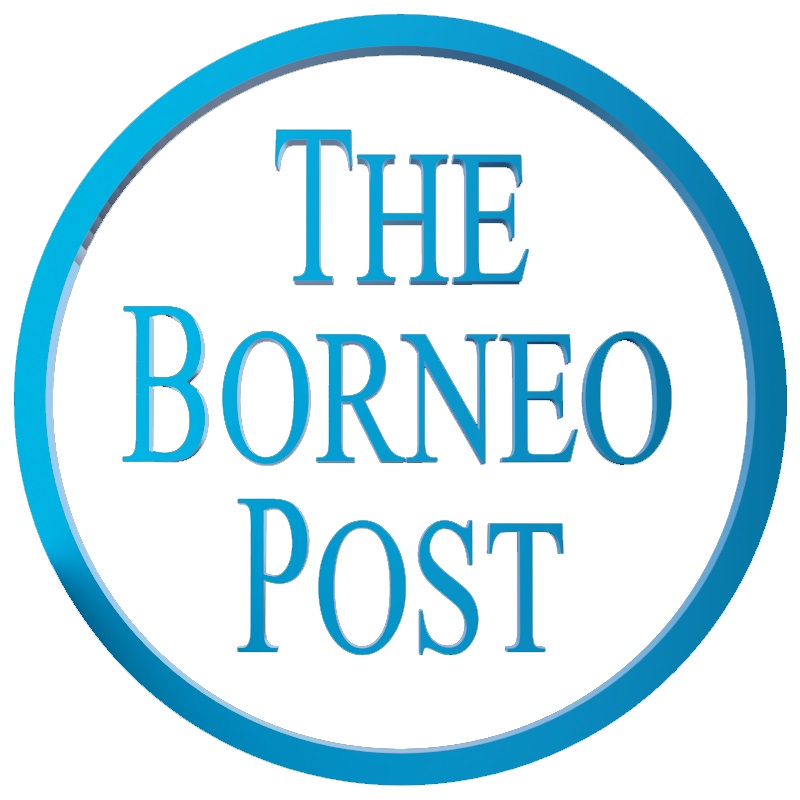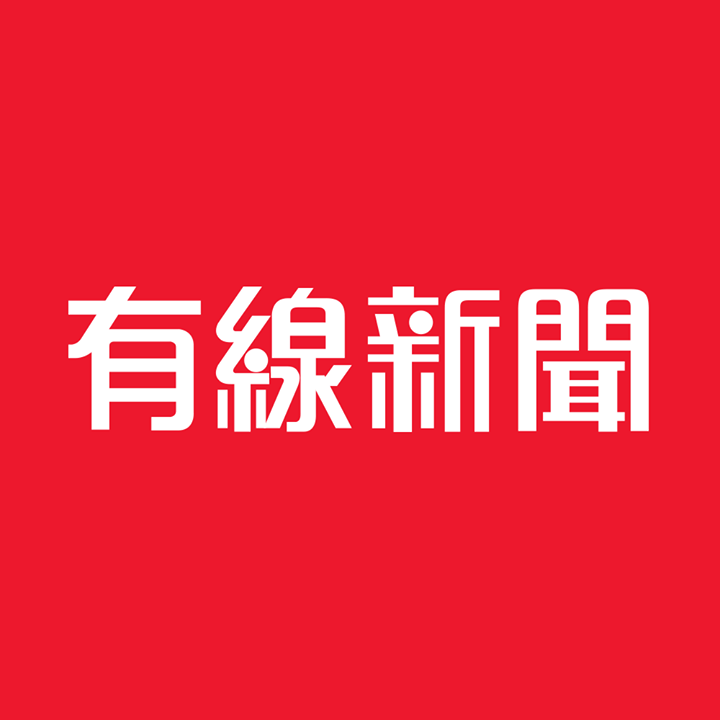Quiet serenity: Memories of 1960s Kuching
1 天前
 KUCHING, the capital of Sarawak, underwent significant changes in the 1960s as the country transitioned itself to self-governance and then became a founding member of the federation of Malaysia in 1963.
KUCHING, the capital of Sarawak, underwent significant changes in the 1960s as the country transitioned itself to self-governance and then became a founding member of the federation of Malaysia in 1963.
In 1960, I was just 10 years old and in Primary 4 at St Thomas’ Primary School, which was a missionary school operated by the Anglican Diocese.
I recall a certain peaceful calmness and serenity in my beloved hometown. We had resided somewhat ‘in the countryside’ in those days, even though the distance was just two miles or so for me to get to school daily.
The small, deserted winding road that trailed up and down the Golf Links, then onto Pearses’ and then up left to Pig Lane (now Park Lane) landed us up on the hilltop where the magnificent Hokkien Free School stood (the Chung Hua School No 1 is there now).
Then we would pass the Kuching Prisons on the left, imposing and strangely eerie all plastered in white.
In my mind’s eye, I always envisioned the ‘gallows’ whenever I used to pass it as a boy. Opposite it were a row of shops that had housed the Teochew Association as well as our regular florist – Tan Florist.
Mathies Road cuts in to curl 45 degrees upwards towards the mansion of my grand aunt, who had married Tan Sri Wee Kheng Chiang.
At the foothill was the Borneo Hotel, bought by Francis Yong for his Japanese wife.
Then, came the row of old dilapidated single-storey shophouses, all desolate looking and with wooden thatches and shingles for roofs.
Further down was the Fata Hotel, built by the Yii family in 1936, making it one of the oldest hotels in the city.
Facing it was the Ting & Ting Supermarket, which opened in 1957 and was owned by the Ting family, who were originally from Sibu. It closed its doors on June 29, 2019.
Around the triangular ‘square’ (Sah Kat Poh was the Hokkien nick for it) of what would be the ‘traffic roundabout’ were a row of four shops that belong to the Anglican Diocese, the entrance to St Mary’s School and a row of concreted shops, which started at one end with the ‘Tiger Garden’ coffeeshop (so called because of the big Tiger beer hoarding on its massive wall) and Kwong Beng stationery just next to T&T’s supermart.
Today, a number of thriving eateries, nightspots and boutique cafes line this small area of deep downtown, attracting revellers from near and far.
In the 1960s, our regular haunts and ‘playground’ were just to the east of this ‘square’.
For there stood the Rex Cinema, where all the first-run box-office Hollywood movies were shown. We were awestruck from the likes of John Wayne’s ‘The Alamo’; Paul Newman’s ‘Exodus’; ‘The Magnificent Seven’; ‘North to Alaska’; Elvis’ ‘Flaming Star’; to the stupendous ‘Spartacus’ – and these were only from that one year alone, 1960.
In our time, there was no popcorn on sale at the cinema’s entrance; instead, we had ‘kachang puteh’ and ‘kong -tng’ (hard candy) which were sold at the gate by Ah Poo Chek, an old man who had rented a house from my grandfather and stayed just a stone throw’s from us in the 1950s-1960s.
As youngsters, we would have first picks of his goodies as he was preparing to ‘start the evening business’ at the Rex.
At the rear of Rex Cinema itself were a number of food stalls, one of which had excellent ‘laksa’, the other very delicious satay and ‘Mee Jawa’.
The drinks stall served the best ‘angtao peng’ and ‘ABCs’ of that era. There would always be crowds of customers, students playing truant and civil servants who did the same.
Towards the left of the Rex Cinema was a bookshop, the Mayfair, run by ‘Ampai Teck’ (‘Detective Teck’) and towards the end of the block at night was one of the best ‘kolo mee’ sellers from the 1960s – a family whose noodles I still enjoy to this very day.
Back in the day, we simply called his father then, ‘Boh Geh’ (No Tooth) – for obvious reasons!
Over six decades, he and his family has produced one of the best, most authentic ‘kolo mee’ of Kuching’s – his children Ah Yong now operates at Golden Corner of Ban Hock Road; and daughter-in-law at Top Ten of Jalan Song.
Just across the road at the proper food court known as ‘Siong Ung Kong’ (formally the forecourt of the Hong San Si Temple at the end of Ewe Hai Street) would be operating the other even more world famous ‘kolo mee’ – that of Tsai Ming Liang’s family.
Today, it is known as Ta Wan Kung and they have outlets run by family members at Galacity (one at Heng Ki, one at Fock Hoi); at Wee Kheng Chiang Road and at Mile 4’s Lau Ya Chia.
At this same food court too was the very popular Sing Kwong ‘tua pao’ (big dumpling) and ‘sio-bee’ (or ‘siew mai’), which is minced pork in a mouthful.
They had relocated to Kenyalang Park Commercial Plaza in the 1980s, and are still there doing a thriving business.
In those days, in my young teen’s limited world view, there were only four things that had interested me, besides passing my exams.
They were music, books, movies and food. Interest in the opposite sex was not really at any place special as I was inherently shy.
I had thought of myself as a book and music nerd so no girls would be interested in me, right?
For me then, there were a number of interesting places that I had frequented over and over again over that decade: sadly none of them has survived six decades on.
Over at India Street, my favourite shops were at Tai Chey and Kwong Heng Lee, both selling record albums and 45 singles. There was also Abdul Majid, which later became Wahid’s, and I made a lifelong friend of Abdul Wahid, who for more than three decades had become my trusted and faithful supplier of all sorts of ‘yellow’ literature.
His brothers were to follow after he left and retired from the books and magazines business. To think that he had started as a purveyor of ladies shoes to my mother and sisters back in the day!
At Carpenter Street there was Chiang Wah Onn, where Mr Lee and his spinster daughter Mary had also become lifelong friends: they too had plied me with their ‘tools of the trade’ by way of publications too many to mention.
Then there was Rex Bookstore at Khoo Hun Yeang Street, which was co-owned by Francis Tan and Sim Kheng Lung. Theirs was a more conservative outfit and only sold bestsellers and serious reading material.
Mrs Sim was always very friendly.
I must not forget the late great Ibrahim Mohd of Toko Mustafa at Gambier Street – he too was a dear friend and taken too soon from us. I really miss him.
The bulk of my afternoons was spent at the British Council Library sited just by the side of the old Sarawak Museum. The books that I had borrowed were legendary, I always carted away the most volumes allowed and returned them all read within days.
I was a ferocious reader at that age.
As a family, we all loved movies, music and reading. Our individual tastes may differ between us five siblings, but we all loved musicals, and historical dramas.
Undoubtedly if asked to name some, ‘South Pacific’, ‘My Fair Lady’, ‘Camelot’, ‘The King and I’, and ‘Flower Drum Song’ would be among them.
During the 1960s, we had a few cinemas: Rex, Cathay, Odeon, Miramar, Lido, Roxy and Swee Hua. During the weekends, there were cheap reruns’ matinee morning shows, which cost only 30 cents and 50 cents per ticket.
For big-ticket blockbusters like ‘The Ten Commandments’, ‘The Bible’ and ‘Moses’, our schools had sent us all to attend at very special rates.
Those, together with the school-year beginning and closing when we had to troop to the respective church services, were the only ‘outings’ we had as students then.
Food-wise, we had not started that culture of eating out as yet. This was due to two factors, one being there were not many eateries – coffee-shops or food stalls at the time; and local families were just not yet used to the idea of eating out.
However I remember that I had my first ‘laksa’ at Meng Heng on Carpenter Street with my father, and it was most memorable!
There was also a ‘kolo mee’ stall there and we bought some to take home – that too was very delicious.
I cannot recall Lau Ya Keng food court from that era, but the two ‘kolo mee’ stalls at the end of Ewe Hai were popular family favourites then. We would do takeaways frequently.
My other fond memories of the era was of course the ‘angtao peng’ (iced desserts) stalls at the Open Air Market on Power Street; they are still there, although only two are left of the original four or five stalls.
The ‘sio-bee’, ‘charsio pao’ and soya bean milk were also memorable.
I recall a ‘char-kuih’ (fried turnip) and a ‘jiu-hu eng-chai’ (squid and leafy vegetable) in a dark thick sweetish sauce. In those days, the stall sold turtle eggs too.
There were ‘rojak’ stalls, fried ‘kuih tiaw’ and of course, the ubiquitous ‘kolo mee’!
By the end of the 1960s, when we had left secondary school in October 1969, the time of change had started to slowly make itself felt.
There was a population explosion of sorts, where there were more cars, motorbikes and bicycles on the road, and a sense of general prosperity could be seen, felt and experienced.
We were leaving the 1960s behind, as a brave new 1970 looked us in the face as if challenging us then – are you ready for a brand new era?
* The opinions expressed in this article are the columnist’s own and do not reflect the view of the newspaper.
...Read the fullstory
It's better on the More. News app
✅ It’s fast
✅ It’s easy to use
✅ It’s free









